What Is Mixing Tank and How To Choose A Mixing Vessel
What is Mixing Tank (Mixing Vessel)?
A mixing tank, also known as a blending tank, mixing vessel or mixer tank, is a process equipment used for mixing, emulsifying, homogenizing or blending different materials. These mixing tanks are widely used in various industries, including chemical processing, pharmaceuticals, food and beverage, cosmetics (like cream, lotion), and water treatment, among others. The primary purpose of a mixing tank is to facilitate the homogenous mixing of liquids, solids, or gases to achieve a desired product or process outcome.The working capacity of mixing tank can be customized as needed, like 50 gallon, 100 gallon, 200 gallon, 300 gallon, 1000 gallon, 2000 gallon or even bigger. The agitator or configuration will be different according to different working process.

Application of Mixing Tank
Mixing tanks come in various sizes and can be used in a wide range of industries.
Food:tomato sauces, dressings,salsa,soup,jam,jelly,yoghurt, peanut butter,chocolate, caramel
Cosmetic: facial cream, lotion, nail polish
Chemical: shampoo, wax, sealants,solvent, toothpaste

Material of Mixing Tank Construction
Depending on the type of substance being mixed, the tank can be made of stainless steel, carbon steel, polypropylene(PP), or polyethylene(PE). Corrosion resistance, chemical compatibility, and strength are vital factors to consider.
For stainless steel mixing tank: it is made of food grade 304/316 stainless steel, they can be used at wide temperature ranges,have high physical strength and also can be resistant to strong acids.
For PE mixing tank: they are usually used for caustics, metal finishing, plating and brine. Strong oxidizing agents, aromatic hydrocarbons and solvents should be avoided.
For PP mixing tank: these are good for many organic chemicals and etching chemicals. Strong oxidizing agents and aromatic or chlorinated hydrocarbons should be avoided.
Working Capacity of Mixing Tank
The working capacity of mixing tank can range from a few liters to several thousand liters according to production need.
Agitator of Mixing Tank
Different processes require different types of agitators -paddle, propeller, turbine, anchor, or helical agitator. The speed and power of the agitation can also vary based on the process needs

1.Type of Agitator
①Anchor Agitator
Description: Anchor agitators feature a horizontal shaft with blades that resemble anchors. These blades sweep the material from the tank walls toward the center, promoting radial flow.When it work at low speed, it can produce horizontal circulation flow.Scrapers can be mounted for very difficult heat transfer applications.
Application: Suitable for middle and high-viscosity fluids and materials that tend to stick to the tank walls.

②Paddle Agitator
Description: Paddle agitators have flat, paddle-shaped blades that extend radially from the agitator shaft. The blades are typically wide and flat, resembling the shape of a paddle or spatula.Paddle agitators produce a radial flow pattern, moving material from the tank's periphery towards the center.
Application: Paddle agitators generally produce lower shear forces ,they are usually used in used wherever there is no need to produce intensive axial and radial circulation in the liquid such as solid-liquid mixing, crystallization, and gentle blending.

③Propeller Agitator
Description: Propeller agitators have axial-flow blades that generate liquid flow parallel to the agitator shaft. They are simple and cost-effective.
Application: Commonly used wherever it is necessary to produce strong axial circulation, it can create a vortex,which can facilitate the wetting and dissolving of powders (the effect of suction towards the bottom). This kind of agitator is good for low-viscosity fluids and simple blending applications especially for producing suspensions.

④Turbine Agitator
Description: Turbine agitators have excellent features in flow pattern design. By changing the design, the flow pattern of the fluid in the reactor vessel can be changed to radial flow or axial flow. A radial design causes the fluid to flow in a radial direction at high speeds, while an axial impeller uses angled blades to cause the fluid to flow downward parallel to the axis, which then pushes the fluid against the wall of the agitator vessel.
Application: For gas dispersion operations, radial turbine impellers are used, while axial turbine impellers are used for chemical reactions, suspended solids and miscible liquid mixing

⑤Helical Agitator
Description: The helical blade is configured to create a twisting or corkscrew motion, providing effective mixing in both axial and radial directions.The helical motion generated by the agitator promotes efficient mixing by creating both axial (up and down along the axis of the agitator) and radial (from the center to the periphery of the tank) flows. This dual-directional flow enhances the distribution of materials within the tank.
Application: Helical agitators are often used in applications involving high-viscosity materials, where the twisting motion helps break up clumps and ensures thorough blending.The helical motion is effective in promoting the suspension of solid particles within a liquid, preventing settling. The helical agitators can be used in various industries, including chemical processing, pharmaceuticals, food and beverage, and cosmetic industries.They also can contribute to effective heat transfer within the mixing process. Some designs may be used in applications requiring temperature control.

2.Configuration of Agitator

①Top Entry Agitator
This agitator is mounted on the top of a tank or vessel, and its shaft extends down into the liquid or slurry being mixed. Depending on production needs they can be mounted eccentrically or tilted or both. Top entry agitators vary depending on seal configuration and materials of construction. It is the most widely used configuration in industrial blending.
②Bottom Entry Agitator
Bottom inlet agitators are typically installed at the bottom of the tank and are used to mix heavy or settling solids. The advantage is that the mixing shaft is short and thin, and the stability of the shaft is good; at the same time, placing the heavy transmission device on the ground foundation can improve the stress on the upper head of the tank, and facilitate the arrangement and installation of the upper head nozzle. The bottom inlet agitator is conducive to the mixing of bottom materials so that all materials are fully mixed.
③Side Entry Agitator
Side entry agitators are widely used for desulfurization, denitrification and agitation of various large storage tanks or tanks. Especially in large storage tanks or tanks, one or more units are used to work together. When the power consumption is the same, equipped with a spiral impeller, the highest mixing effect can be obtained. Good mixing effects can be obtained with low energy consumption. The side-entry mixer has the advantages of compact structure, high efficiency, smooth transmission, low noise, and easy disassembly.
Type of Mixing Tank
Mixing tanks come in various types and configurations, each designed to meet specific industry needs and the characteristics of the materials being processed. Customized according to production needs, the mixing tank can also have the following functions: emulsification/explosion-proof/vacuum/heating/weighing, etc.
From the appearance, the mixing tanks may have jacketed or three layer design according to different production needs. The opening may be with a hinged lid or a top manway. The bottom of the mixing barrel can also be devided into tilt-bottom, conical-bottom and dish-bottom.
Here are some common types of mixing tanks:

How To Choose/Customize A Mixing Vessel
Choosing the right mixing tank is crucial for achieving efficient and effective blending in industrial processes. Here are key factors to consider when selecting a mixing tank:
Material Compatibility:
Consider the chemical compatibility of the tank material with the substances being processed. The tank material should resist corrosion and degradation caused by the materials being mixed.
Mixing Tank Design:
Determine the appropriate tank design based on your process requirements. Consider factors such as with hinged lids vs. with top manway, jacketed vs. non-jacketed, and the need for insulation.
Agitator Type:
Select the appropriate agitator type based on the characteristics of the materials and the desired mixing effect. Common agitator types include paddle agitators, turbine agitators, helical agitators, propeller agitators and anchor agitators
Mixing Tank Capacity:
Choose a tank size that accommodates the volume of material to be processed. Consider the available space in your facility and ensure that the tank capacity aligns with your production requirements.
Temperature Control:
If temperature control is critical to your process, opt for a jacketed tank that allows for the circulation of heating or cooling fluids. Consider insulation for better temperature retention.
In addition, you also need to consider the ease of cleaning the mixing tank, the cost budget and related after-sales services.
The mixing tank (mixing vessel) is a necessary equipment that is used to fully mix different materials , increase the reaction time , strengthen the reaction quality of the materiel , and the machine (includes tank capacity, agitator type, tank design, tank function) can be customized according to specific production need. It has the advantages of energy saving, noise reduction, corrosion resistance, strong production capacity, and convenient cleaning.


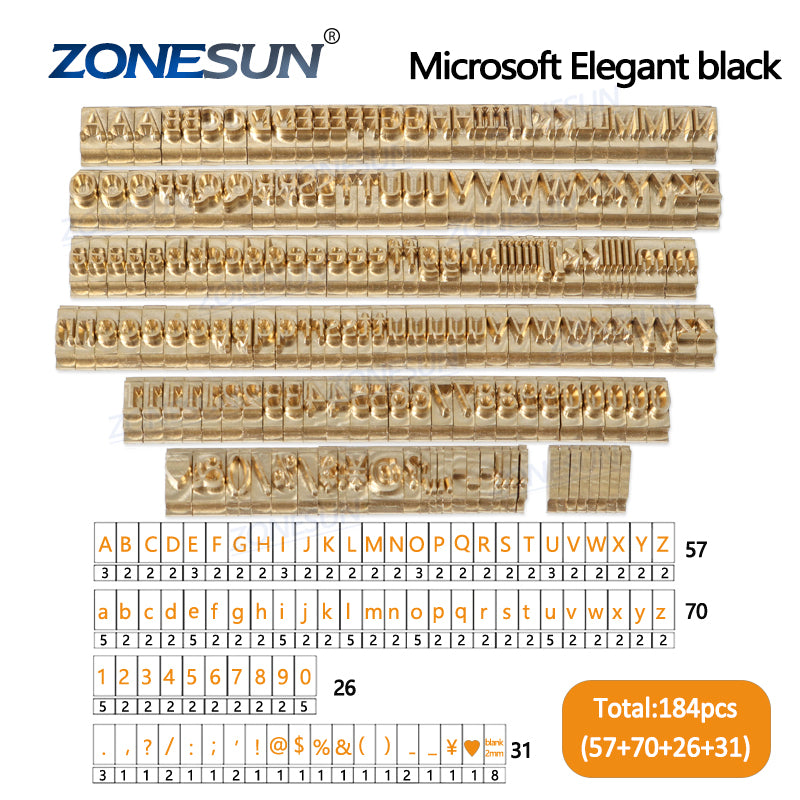





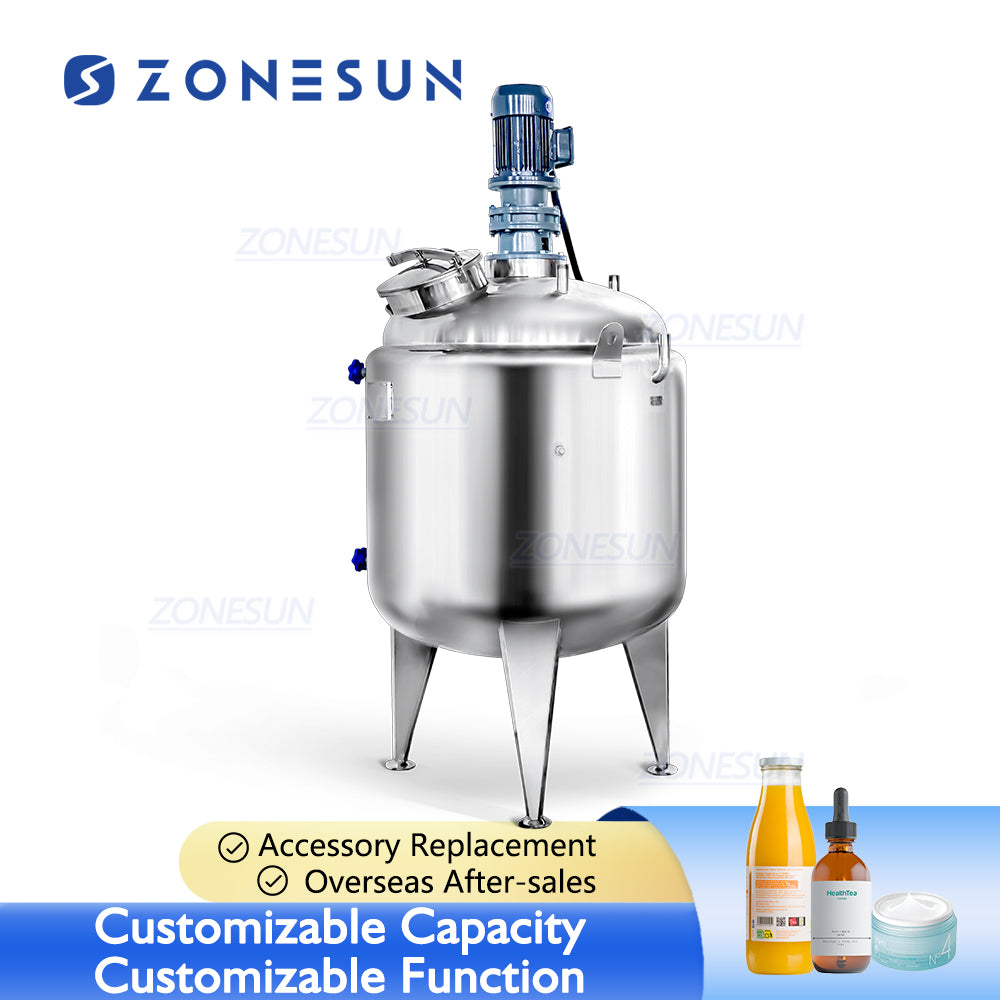
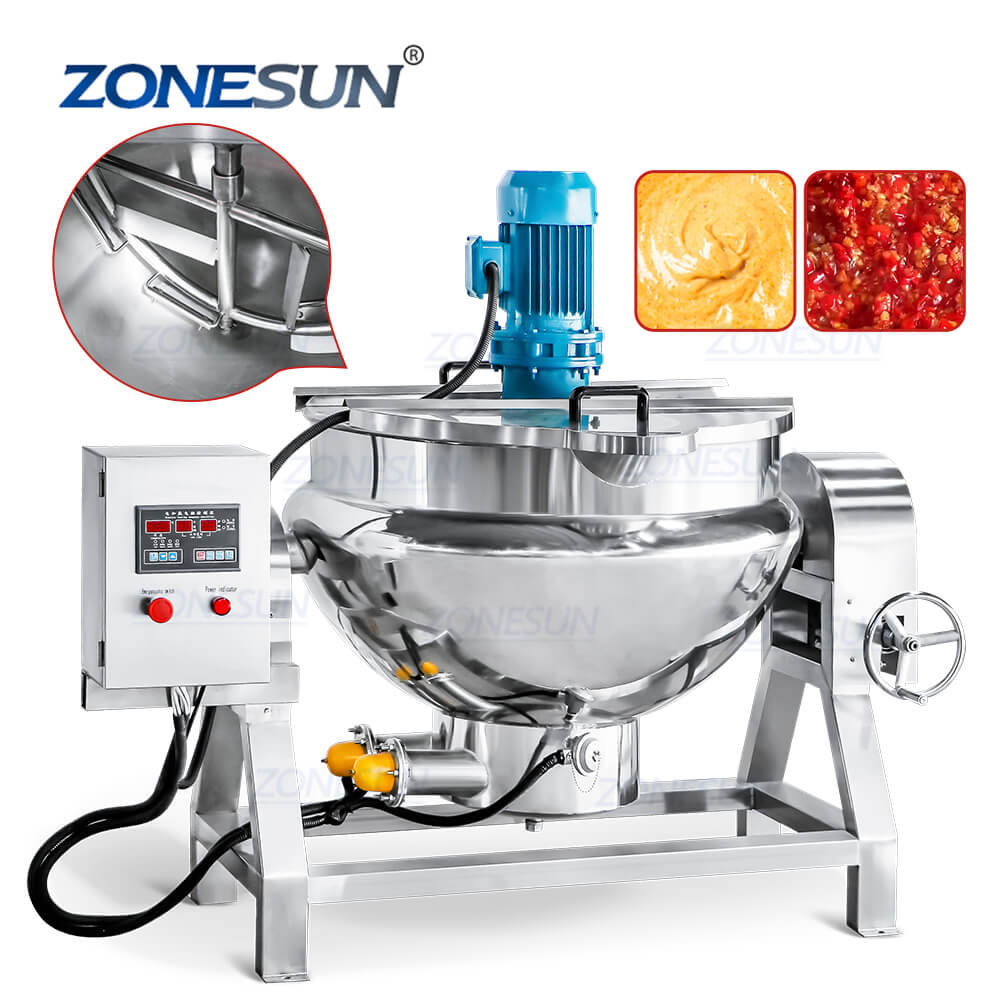
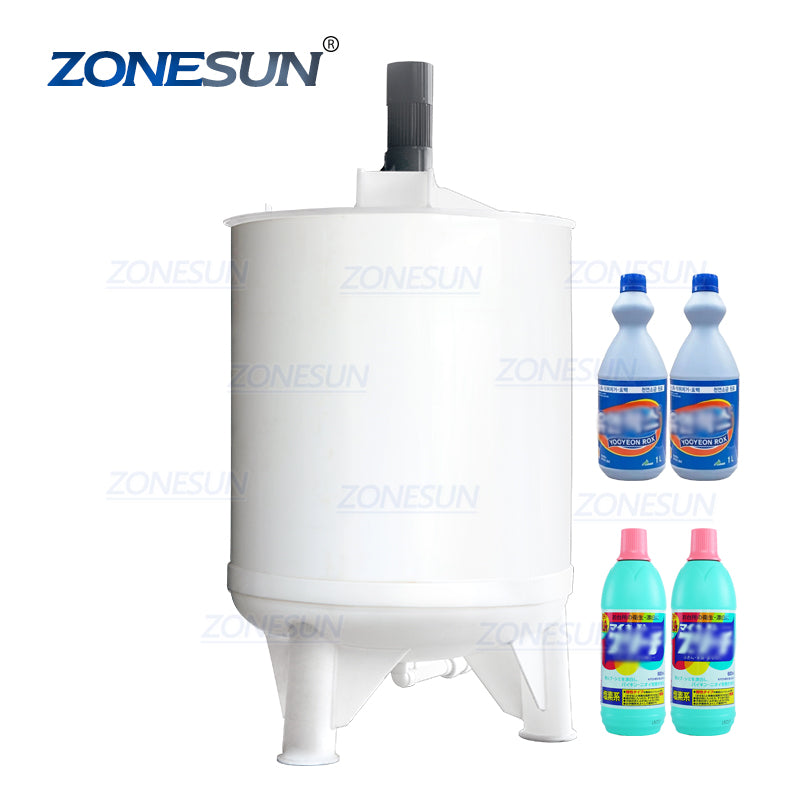



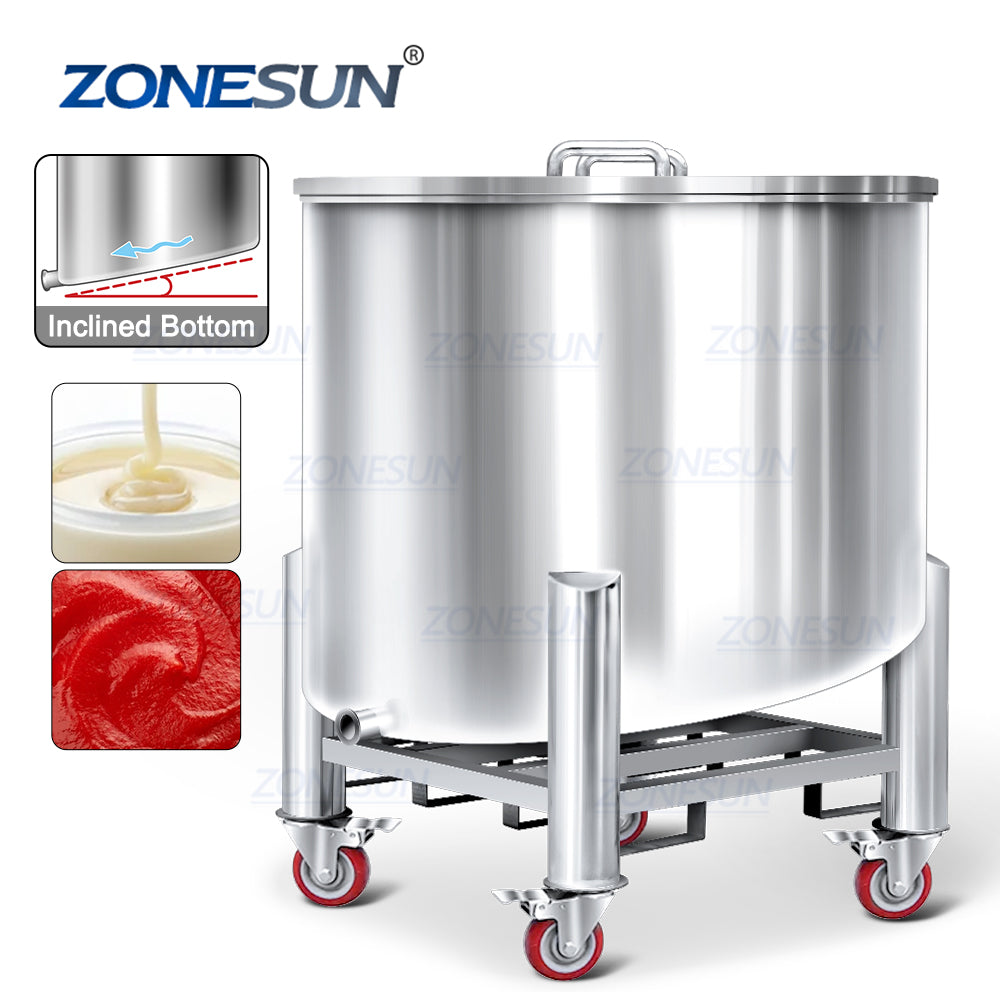
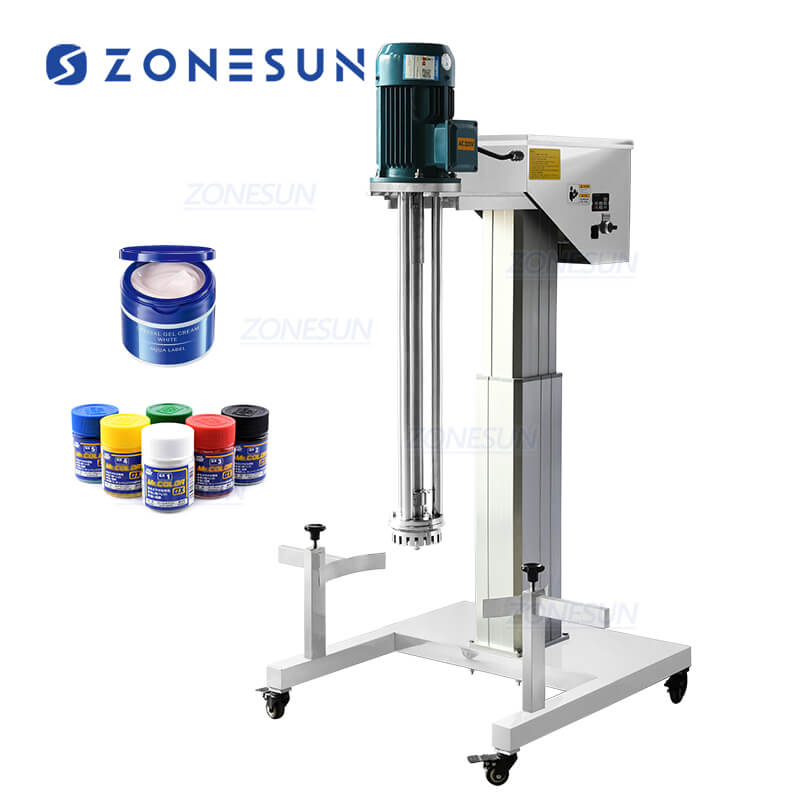
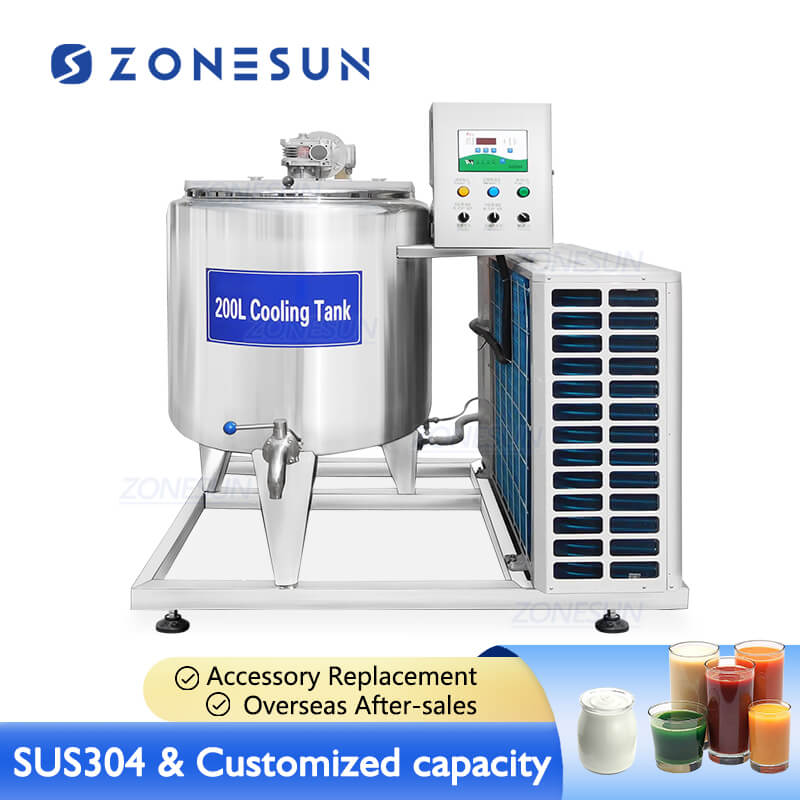
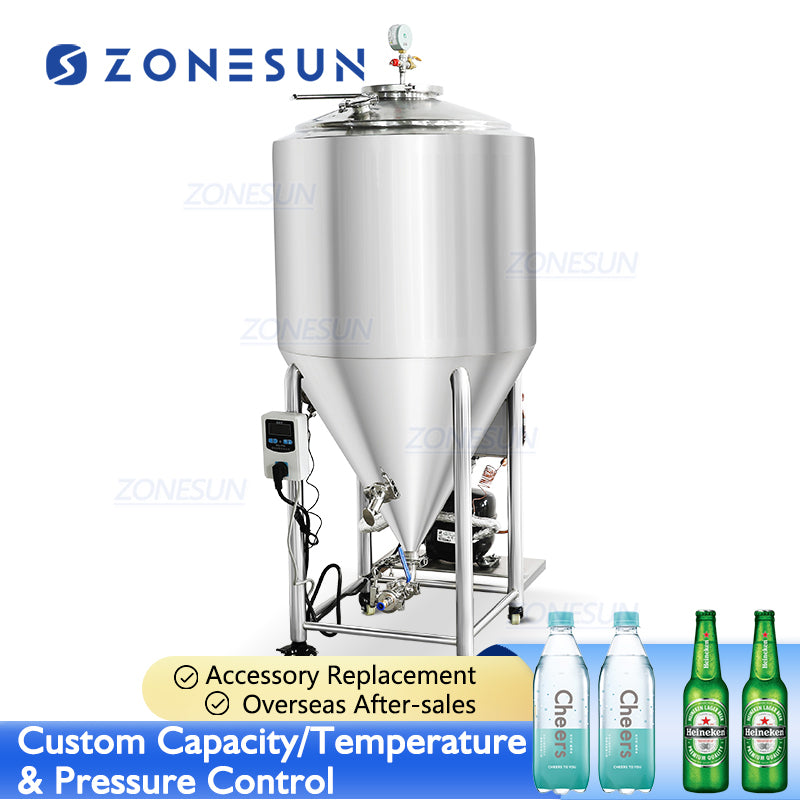
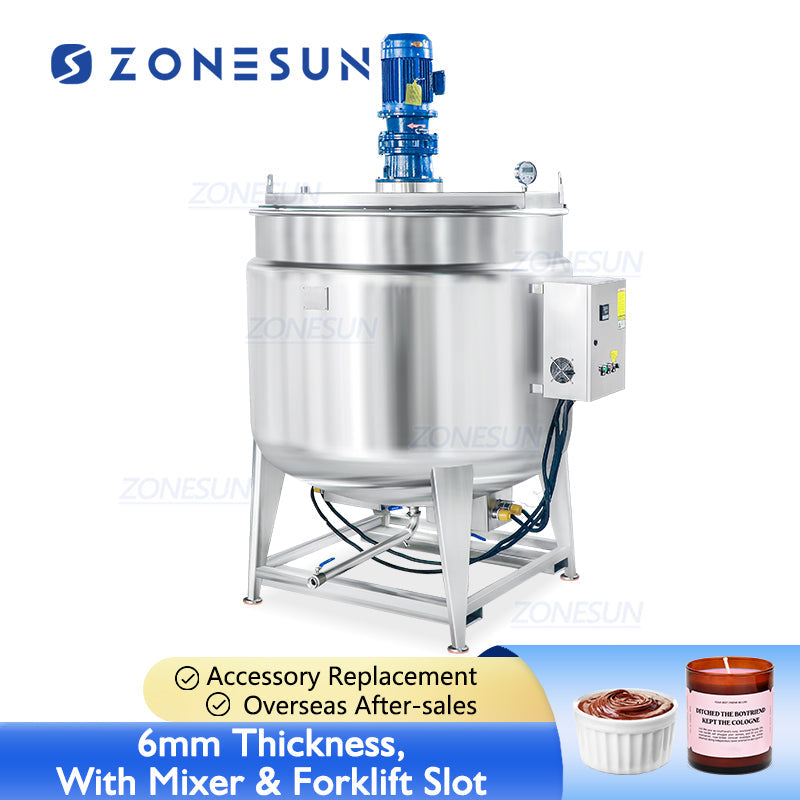
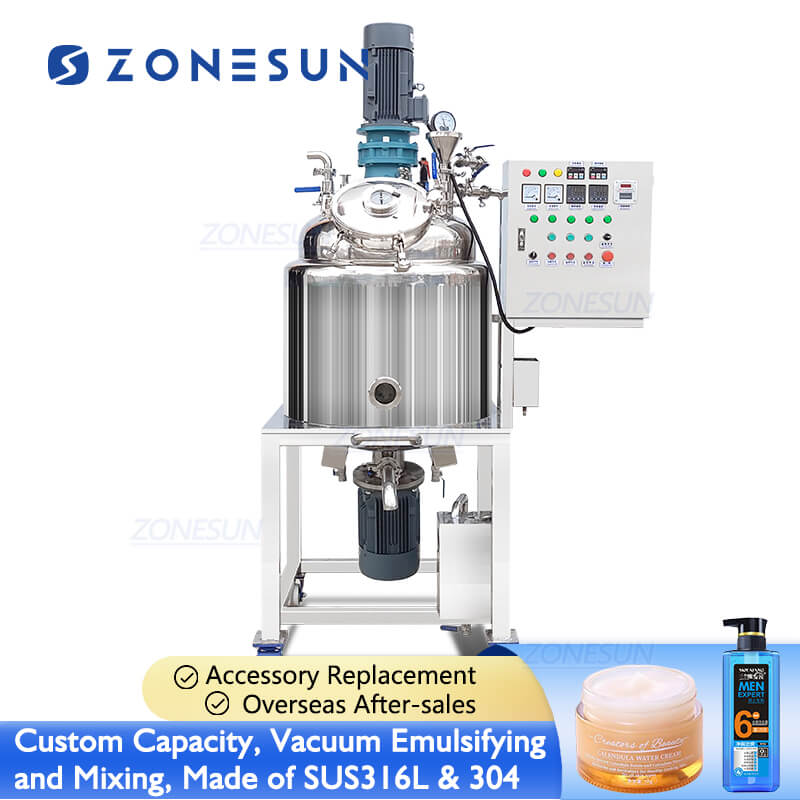
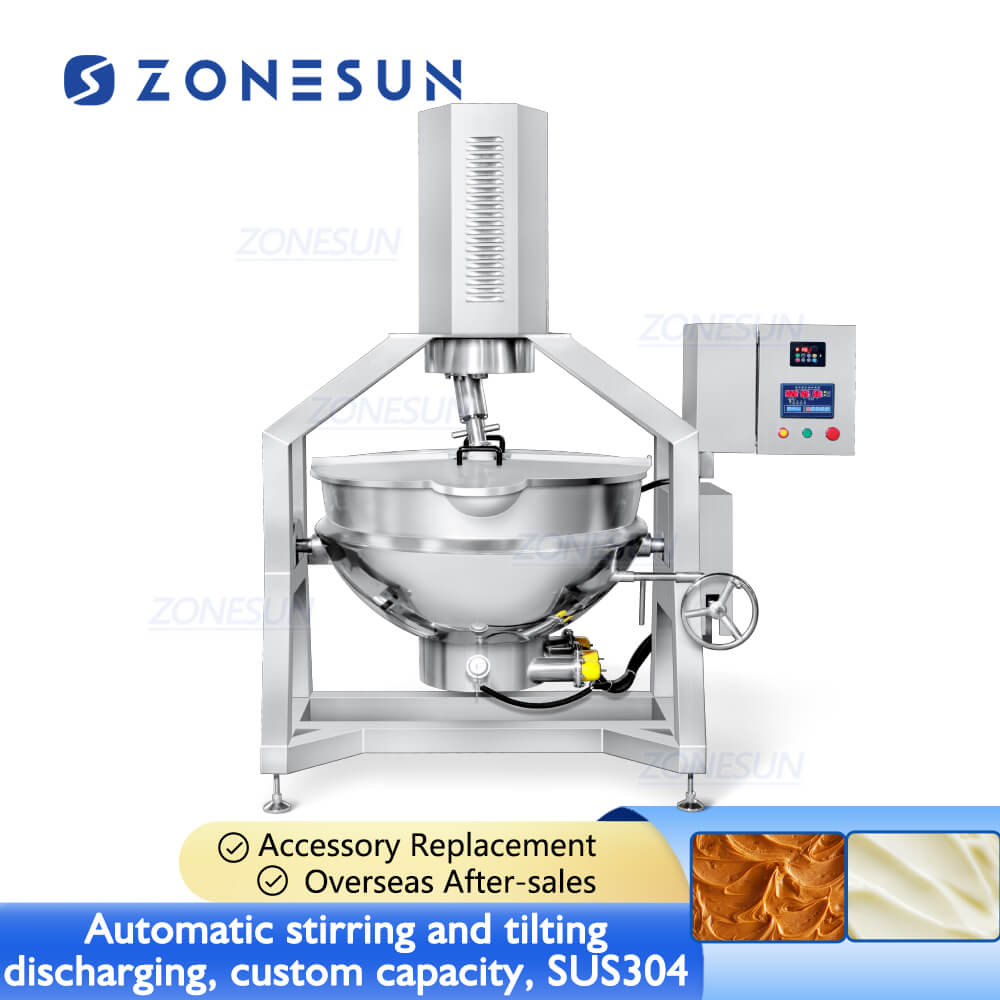
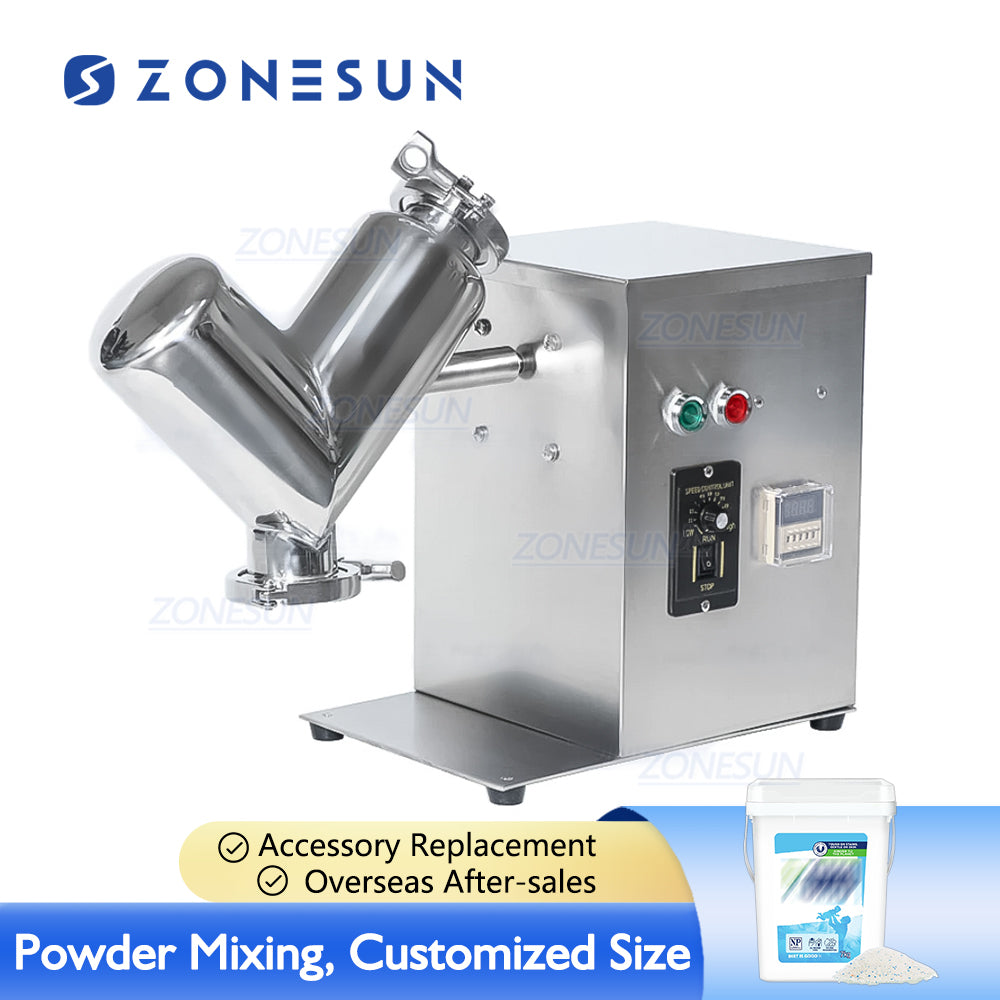
Good day! My name is Xenia, project specialist of JSC Sut.
We are interested in a stainless steel tank for brine preparation. The tank should have the ability to connect to CIP, high-speed agitator, dosing pump. Volume from 100 to 200 liters
We are waiting for your proposa
Leave a comment